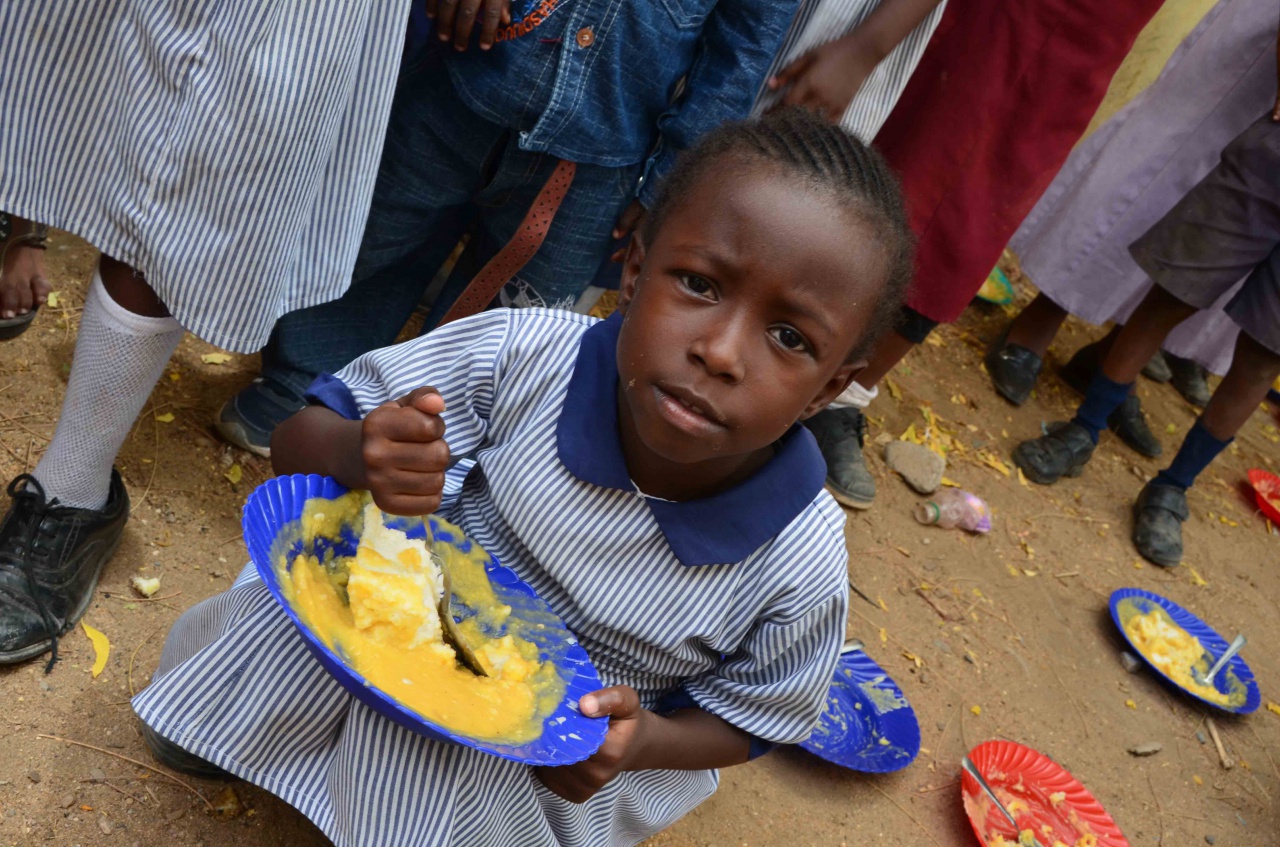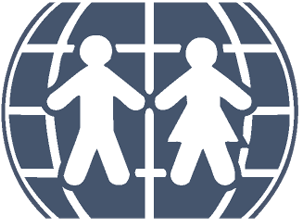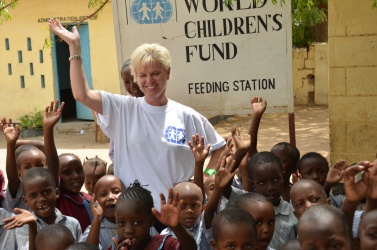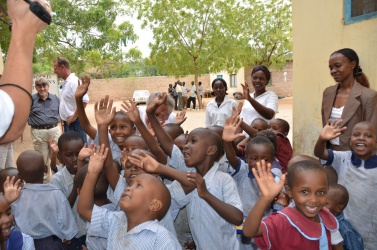In Garissa, located in Northeastern Kenya, the effects of severe drought are evident. It is hot and dry. Carcasses of goats, cows, and camels litter the dusty roads. The riverbeds are also empty. The Tana River, which runs through Garissa Town is dangerously low. From the air, the dried out river tributaries look like brown snakes winding their way through the arid land.
This area of distress also skirts a border with Somalia. Refugees from Somalia who have crossed the border into northern Kenya exacerbate food and water shortages. These new arrivals place enormous strain on local resources where villagers are already struggling to find enough food and water to survive. The Kenya Red Cross estimates that people are trekking distances of up to 30 km in search of water.
Our mission in Garissa is reaching vulnerable, hungry children who come to school each day to receive a nutritious life-saving meal. Many of the children in the feeding program are refugees from bordering Somalia. Nearly all of the children in the area are suffering from the effects of extended civil conflict, drought, extreme poverty and chronic food insecurity. "People have the false idea that things will be better if they can get out of Somalia and cross over into Kenya. In reality, the situation is dire on both sides of the border," said Jennifer Hatley, our WCF partner in Kenya.
The meal our WCF children receive at school each day in our Garissa feeding program is often the only meal or bit of food they will have that day. According to our program directors and staff, children with full tummies and clean drinking water have a greater interest in attending school, demonstrate better concentration, and are livelier, more active and less prone to illness.
Because of this, our feeding programs in school settings have multiple impacts. First and most importantly, is the positive impact on the nutrition and health of the children. The meals they receive each day are mainly comprised of rice, but also include soy nuggets for protein, vitamins, minerals and dehydrated vegetables. The formula in the fortified meal is specifically designed to save the lives of severely malnourished and starving children. For many of the children enrolled in our program, it is the only reliable food source they can count on.
In addition, evidence suggests that children who are hungry or chronically malnourished can have difficulty learning. We are always amazed at the change in the physicality and mental alertness of a child after he or she begins receiving a daily, nutritious meal.
Lastly, we see impact on attendance. Evidence indicates that school-feeding programs can increase attendance rates, especially for girls. School feedings serve as incentives for allowing children to attend school and encourage daily attendance.
Because of on-going donor support, children in Garissa have something to smile about. This program not only provides nutrition for survival, but also an education. It is a duel pathway that leads to a better, more hopeful future.



